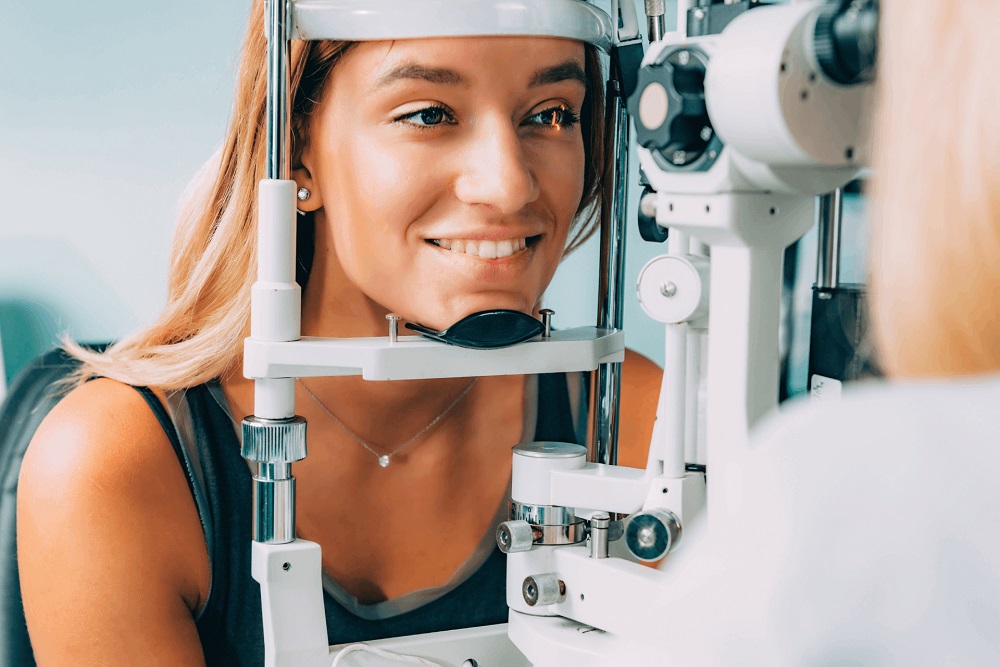Ophthalmoplegia refers to the paralysis of the eye muscles. The eye muscles are responsible for holding the h eyes in their place. But due to Ophthalmoplegia (กล้ามเนื้อตาอ่อนแรง, which is the term in Thai), eye control becomes difficult for the patient. However, the Ophthalmoplegia affects about six or more than six muscles, which can cause the patient suffering from Ophthalmoplegia to face double vision.
Types of Ophthalmoplegia
Ophthalmoplegia can be of two types depending on how the disease progress in the individual. The Following are the types of Ophthalmoplegia.
· Chronic Progressive External Ophthalmoplegia
Chronic progressive external Ophthalmoplegia occurs typically in people about the age of 18 to 40 years. The condition of Ophthalmoplegia generally starts with droopy eyes when a person has difficulty controlling the eyelid muscle. The condition slowly progresses to become Chronic progressive external Ophthalmoplegia.
· Internuclear Ophthalmoplegia
Internuclear occurs when a person suffers nerve damage. Nerve fibers are responsible for controlling muscle. If the nerve fiber responsible for controlling eye movement gets damaged, the person gets double vision.
· Symptoms That Determine Ophthalmoplegia
The Ophthalmoplegia often cause double vision in the patients. Moreover, a person slowly loses the capability of positioning the eyes in sync. In some patients, the condition becomes severe, as they cannot control both eyes in every direction.
Moreover, the drooping eyes can also be the symptom of developing ophthalmalgia. If the Ophthalmoplegia develops due to some underlying systemic disorder, the person can struggle to swallow and face general muscle weakness.
What causes Ophthalmoplegia?
Ophthalmoplegia can develop later in life or can be present at birth. The condition is a result of nerve damage, which disrupts the messages sent by the brain to the eyes. Therefore, the condition can develop due to the following problems.
- Multiple Sclerosis
- Trauma
- Infarction
- Muscle Disorders
- Graves’ Disease
- Kearns-Sayre Syndrome
- Migraines
- Thyroid Disease
- Stroke
- Brain Injury
- Brain Tumor
- Infection
Risk Associated With Ophthalmoplegia
Type 2 Diabetic Men ages over 45 are at high risk of developing Ophthalmoplegia. Moreover, the condition occurs due to muscle or nerve damage too. Therefore, people suffering from muscle control conditions like multiple sclerosis or Graves’ disease are generally at the risk of developing Ophthalmoplegia. So, to avoid the risk of developing Ophthalmoplegia, one can keep a healthy vascular system.
Treatment of Ophthalmoplegia
Treatment of Ophthalmoplegia depends on various factors such as type, symptoms, and the underlying cause behind the condition. Moreover, discussing with a doctor can lead you to the correct path of treatment. Generally, adults are given a special glass or eye patch to relieve the double vision and achieve normal vision.


